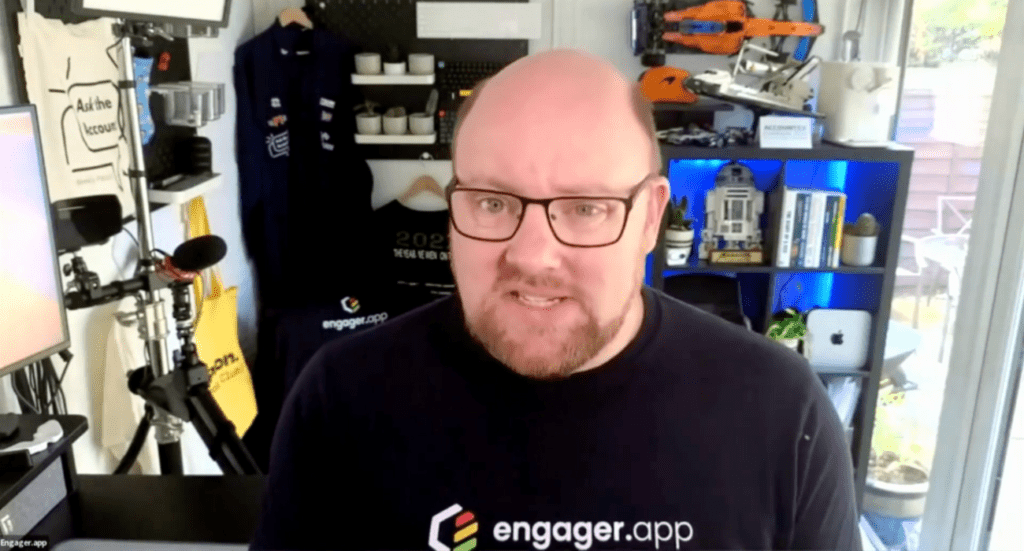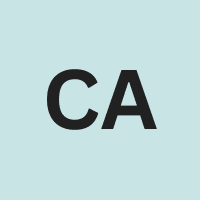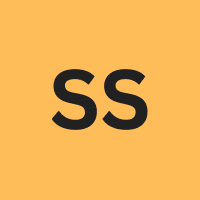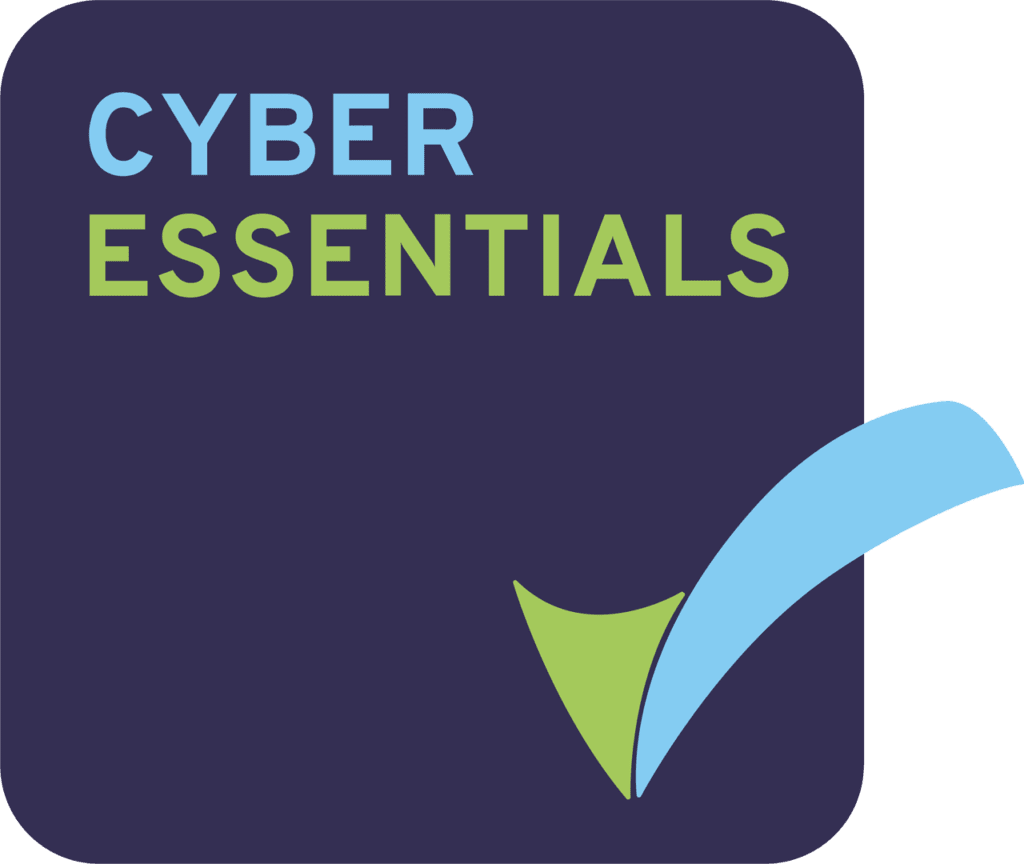In today’s fast-paced world, efficiency is key to maintaining a successful accounting or bookkeeping practice. With endless client demands and tight deadlines, finding ways to automate routine tasks can make a significant difference in your day-to-day operations. In the first instalment of our new Feature Spotlight webinar series, we focused on one of the most powerful tools within Engager.app: automations.
Watch the full webinar to dive deeper into automations and see live demonstrations of how these tools can work for you.
This blog post will cover the highlights from the session, explaining how you can use automations to streamline your practice, enhance client communication, and free up your valuable time for more critical tasks.
Why Automations Matter
Automations in Engager.app are designed to handle repetitive tasks, allowing the system to do the work for you. Whether it’s sending out routine emails, updating clients on their progress, or reminding them of important deadlines, automations ensure that these tasks are completed consistently and efficiently.
By implementing automations, you can:
- Reduce manual effort and the risk of human error.
- Improve client satisfaction by ensuring timely communications.
- Free up time for more strategic activities within your practice.
Getting Started with Automations
The webinar began with a clear overview of how automations work within Engager.app. The core idea is simple: set up the system to automatically perform tasks based on predefined triggers. For example, you might configure an automation to send a status update email to a client when their year-end accounts are ready for review.
There are two main types of automations:
- Fully Automated: The system completes the task without any further input from you.
- Semi-Automated: The system prepares the task (such as drafting an email) and queues it for your approval before sending.
This flexibility allows you to start with semi-automated processes, giving you control over the final output. As you become more comfortable with the system, you can gradually transition to full automation.
Creating and Customising Automations
Setting up automations in Engager.app is straightforward. Here’s a step-by-step guide on how to do it:
- Navigate to Settings: Start by going to the settings section of Engager.app, where you can access the automation options.
- Select Your Service: Choose the specific service you want to automate, such as “year-end accounts” or “self-assessment tax returns.”
- Set Up the Automation: Click on “Setup” to create a new automation. You’ll need to decide on several key factors, including:
- When to trigger the automation: For example, nine months before the statutory deadline.
- What the automation will do: Send an email, generate a task, etc.
- Who the automation will involve: Decide whether to send emails to all client contacts or just the primary contact.
- Choose the Email Template: Before creating an automation, ensure you have the appropriate email template ready. This template will be used to generate the emails sent by the automation.
- Test and Refine: Initially, you might want to set automations to queue emails for manual review. This allows you to check the output and make adjustments before fully automating the process.
Using Automations for Client-Specific Needs
One of the key features of Engager.app’s automation system is its flexibility. You can create global automations that apply to all clients or set up client-specific automations. This is particularly useful when different clients require tailored communications or have unique deadlines.
For example, you can create a global automation to remind all clients about their year-end accounts but set up a specific automation for a client with a more complex financial situation.
Enhancing Client Communication with Status Updates
A standout feature discussed in the webinar was the status update email. This feature mimics the communication strategy used by companies like Amazon, where clients are kept informed at every stage of their service delivery. By integrating status updates into your workflow, you can proactively keep clients informed about the progress of their accounts, reducing the need for them to chase you for updates.
For instance, once you’ve completed a client’s accounts and they are under review, you can automatically send an email informing the client of this status and what the next steps will be. This kind of proactive communication can significantly enhance client satisfaction and trust.
Practical Examples of Automations
During the webinar, several practical use cases for automations were discussed:
- Year-End Reminders: Automate emails to remind clients of their year-end responsibilities, ensuring they provide necessary documents well in advance of deadlines.
- Monthly Reminders: Set up recurring emails to prompt clients for monthly tasks, like submitting payroll information or VAT returns.
- Birthday Greetings: Use automations to send personalised birthday emails to clients, adding a personal touch to your client relationships.
Best Practices for Implementing Automations
Here are a few best practices shared during the webinar:
- Start Small: Begin with semi-automated processes to get comfortable with how automations work.
- Use Templates Wisely: Ensure your email templates are well-written and tailored to your brand’s voice. Engager.app allows you to use placeholders, so emails can be personalised with client-specific information.
- Test Thoroughly: Always test your automations to ensure they are working as intended before fully automating them.
Embrace Automation for a More Efficient Practice
Automations are a powerful tool that can transform how you manage your accounting or bookkeeping practice. By reducing manual tasks and improving client communication, you can focus on delivering more value to your clients.
The first Feature Spotlight webinar has provided invaluable insights into how you can get started with automations in Engager.app. We encourage you to explore these features and begin implementing them in your practice.
Stay tuned for more Feature Spotlight sessions where we will explore additional tools and functionalities within Engager.app to help you run your practice more effectively. Register to attend the live session or receive records here: https://us06web.zoom.us/webinar/register/6017232102633/WN_Bf8xcOi3THeZ3-PShWa-OQ









